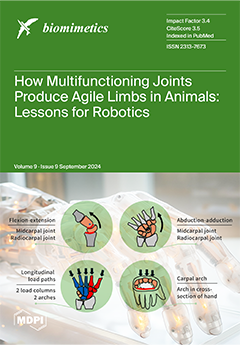Mycelium-bound composites (MBCs) represent a promising advancement in bio-based building materials, offering sustainable alternatives for engineering and construction applications. This review provides a comprehensive overview of the current research landscape, production methodologies, and standardization ideas related to MBCs. A basic search on Scopus
[...] Read more.
Mycelium-bound composites (MBCs) represent a promising advancement in bio-based building materials, offering sustainable alternatives for engineering and construction applications. This review provides a comprehensive overview of the current research landscape, production methodologies, and standardization ideas related to MBCs. A basic search on Scopus revealed over 250 publications on MBCs between 2020 and 2024, with more than 30% focusing on engineering and materials science. Key studies have investigated the physical and mechanical properties of MBCs, optimizing parameters such as substrate type, fungal species, incubation time, and post-processing to enhance material performance. Standardizing the inspection of MBC properties is crucial for ensuring quality and reliability. Various testing standards, including those from the American Society for Testing and Materials (ASTM), the International Organization for Standardization (ISO), the Japanese Industrial Standard (JIS), European Standards (EN), Deutsches Institut für Normung (DIN), and the Thai Industrial Standards Institute (TIS), are utilized to evaluate density, water absorption, compression strength, tensile strength, insulation, and other critical properties. This review highlights the distinction between lab-scale and apply-scale testing methodologies, emphasizing the need for comprehensive evaluation protocols. Additionally, the production process of MBCs involves critical steps like substrate preparation, fungal species selection, and mycelium growth, necessitating the implementation of good manufacturing practices (GMPs) to ensure consistency and quality. The internal and external structures of MBCs significantly influence their performance, necessitating standardized inspection methods using advanced techniques such as scanning electron microscopy (SEM), X-ray computed tomography (CT) scanning, and surface profilometry. By establishing robust inspection protocols and production standards, the industry can enhance the reliability and adoption of MBCs, contributing to innovations in materials science and promoting environmental sustainability. This review underscores the importance of interdisciplinary collaboration, advanced characterization tools, and regulatory frameworks to address challenges and advance the field of MBCs.
Full article






